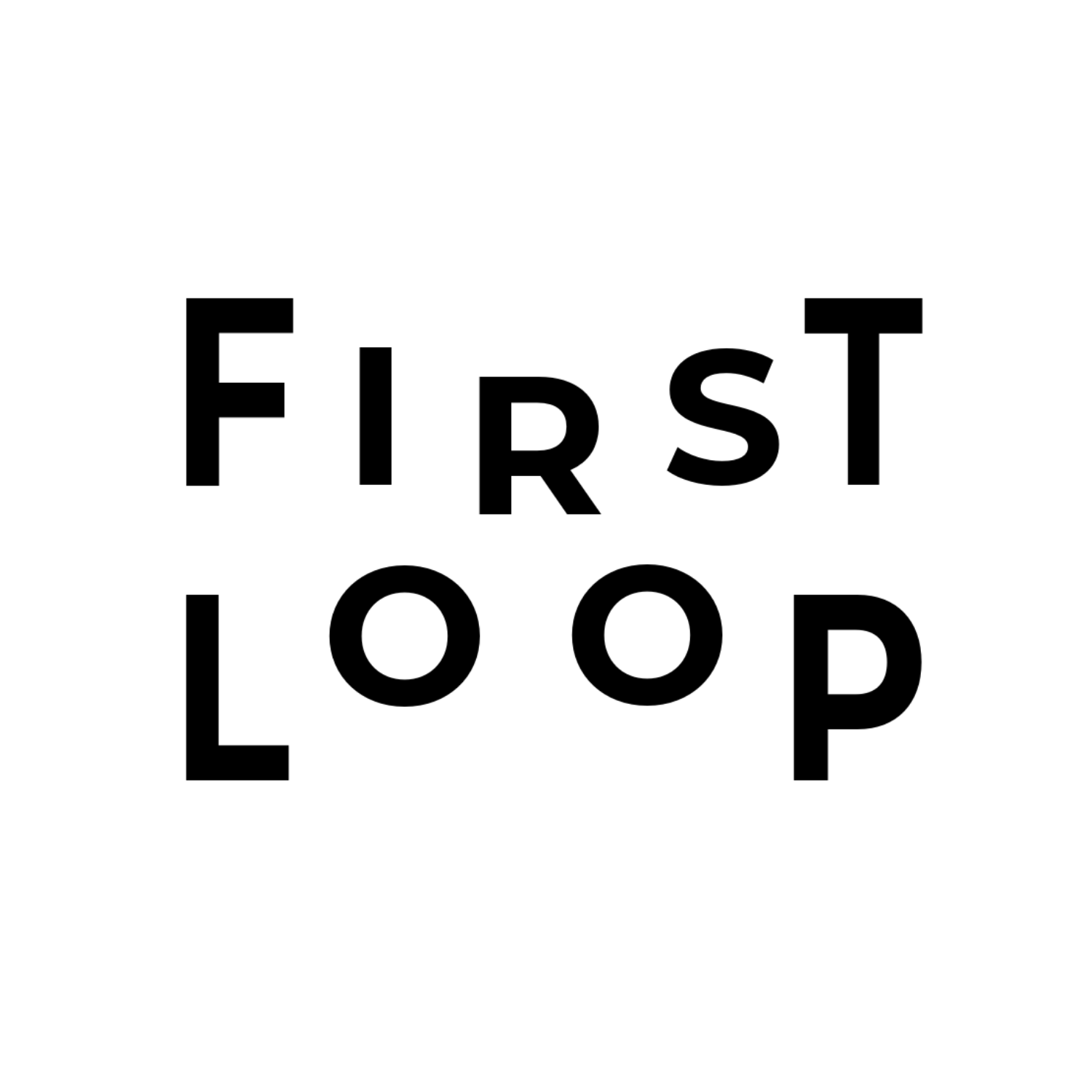Enhancing Customer Experience with Customer Journey Maps and the Kano Model (With Example)
- Maitraiyi Khimesara
- Aug 15, 2024
- 4 min read
Updated: Nov 7, 2024
In today's highly competitive marketplace, a thorough understanding of the customer's experience and how to improve it are central to business success. Two important tools in accomplishing these objectives are Customer Journey Maps and The Kano Model. Putting the two powerful tools together, one will get a clear view of the customer's experience and which features and services to focus on to drive the most impact on customer satisfaction.
Understanding Customer Journey Maps
What is a Customer Journey Map?
The customer journey map is a visual tool that shows, in a step-by-step manner, what the customer goes through in business interactions with your company, from first contact to after-sales service. It lets one understand the customer's experience at each step and find out pain points or opportunities for improvement.
Why Use a Customer Journey Map?
Visualize Customer Experience: This is going to give an exact view of the customer journey from start to finish, thereby telling about their needs and challenges.
Spot Pain Points: You would be able to tell which step may cause customers the most problems or frustrations if mapped properly.
Enhance Customer Satisfaction: Since you understand the journey, you can optimize every step to make it smoother and more satisfying.
Understanding the Kano Model
What is The Kano Model?
The Kano Model distinguishes five types of customer needs: Basic Needs, Performance Needs, Excitement Needs, Indifferent Needs, and Reverse Needs. It can also be used to spot the requirements with the greatest influence on user satisfaction and hence rank them accordingly.
Why Use the Kano Model?
Prioritize Buyers Needs: Concentrate on features that make a greater impact on customer satisfaction.
Improve Product Development: The understanding of customer needs will help to create products that meet customer expectations.
Surprise and Delight Your Customers: Once your work in the area of Excitement Needs has been implemented, you can then pleasantly surprise your customers, boosting loyalty.
Why Combine Customer Journey Maps and Kano Models?
Businesses armed with a combination of Customer Journey Maps and The Kano Model will be able to understand the holistic customer experience while remaining focused on the most important features. Here is why this works:
Holistic understanding of customer experience: Customer Journey Maps give intricate details of the customer journey, while The Kano Model helps businesses identify what in each of these stages is going to most impact customer satisfaction.
Priority of efforts: Categorize customer needs in every customer journey phase using the Kano Model, and start with the things that will make the most impact.
Effective Problem Solving: If a Customer Journey Map brings to light a problem, The Kano Model could help decide whether customer satisfaction improvement will mostly be driven by basic issue fixing or the implementation of new features.
Enhanced Customer Engagement: By enhancing key touchpoints identified through Customer Journey Maps and enhancing them with the Kano Model, you are going to create a more engaging experience.
Increased Customer Loyalty: A well-mapped customer journey combined with prioritized features will mean a more satisfying experience that increases customer loyalty.

Practical Steps to Combine Customer Journey Maps and the Kano Model
Step 1: Map the Customer Journey
Create a customer journey map, illustrating the different interactions a customer may have with the company, highlighting major touchpoints.
Step 2: Outline Customer Needs at Every Touch-point
At each touch-point, use The Kano Model to identify what the customers need as Basic Needs, Performance Needs, and Excitement Needs.
Step 3: Prioritize Enhancements based on Customer Impact
Focus first on addressing unmet Basic Needs, then optimize Performance Needs, and finally look for ways to add Excitement Needs to delight your customers.
Step 4: Implement and Monitor Changes
Make all the required changes and monitor customer feedback so that it has the effect one wants. Adjust your strategy as need be.
Example: Customer Journey Maps and Application of The Kano Model in a Clothing Retail Business
Imagine you are running a clothing retail business. Following is an example of how you can combine Customer Journey Maps and the Kano Model to enhance overall customer satisfaction:
Customer Journey Map:
Awareness: A customer becomes aware of your brand after seeing online advertisements or posts on social media.
Consideration: Customers go to your website and look at products, comparing what is available in the marketplace.
Purchase: The customer adds items to his cart and goes through checkout.
Post-Purchase: The customer receives the order and may contact customer support in case of any issue.
Loyalty: Follow-up emails, special offers, loyalty program.
The Kano Model:
Awareness: Clear and catchy product details (Basic Needs).
Consideration: Detailed information on products and customer reviews (Performance Needs).
Purchase: Free shipment or discount on the first purchase as relevant (Excitement Needs).
Post-Purchase: Thank-you note or discount on next purchases (Excitement Needs).
Loyalty: Points-based loyalty program (Performance and Excitement Needs).
This way, you can systematically improve customer experience using Customer Journey Maps combined with The Kano Model for higher satisfaction, more loyalty, and better business results.
Ready to Utilize Customer Journey Maps with The Kano Model for Your Business Strategy?
By making the customer journey visual and focusing on features that matter, the combination of Customer Journey Maps and The Kano Model is a very powerful way to raise the customer experience. You will be able to create a far more satisfying and engaging experience that drives loyalty and growth.
First Loop offers workshops and training programs on how to put these tools into action in your business. Give us a shout at www.firstloop.se/contact.
